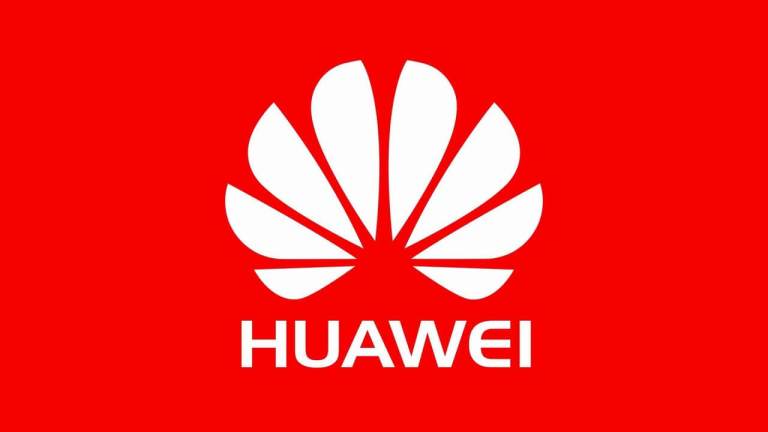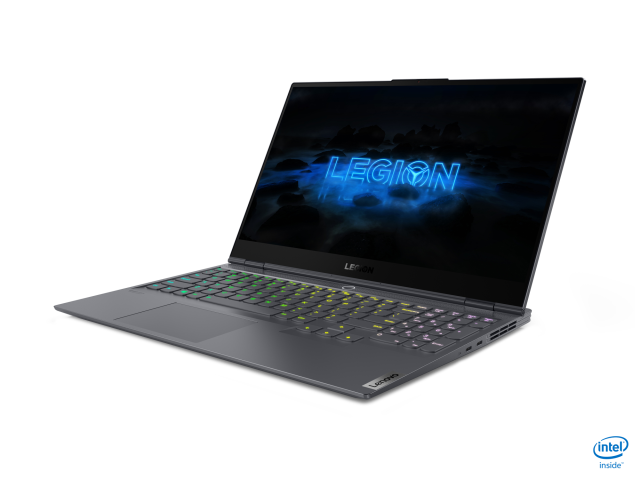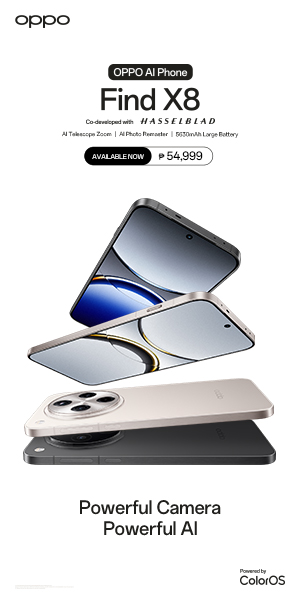OPPO Showcases Innovations in Mobile Graphics at SIGGRAPH 2023
OPPO recently showcased how it continues to help empower developers in mobile graphics, computer vision, ray tracing, graphics rendering, and artificial intelligence at SIGGRAPH 2023, the premier conference for computer graphics and interactive technologies worldwide.
The global smartphone brand gave visitors a chance to get their hands on the demos of the latest technologies through its leading devices such as OPPO Find X6 Pro, OnePlus 11, and OPPO Pad 2.
Refined PhysRay Engine Brings More to Mobile Ray Tracing
OPPO has continuously worked with partners across the industry to drive forward the evolution of mobile ray tracing.
In 2021 it took the initiative to create one of the industry’s first open ray tracing solutions for mobile devices, PhysRay Engine. Last year, OPPO made PhysRay Engine 1.0 available for modification and redistribution to its global developers, while also unveiling its next stage in PhysRay Engine 2.0, which integrates advanced ray tracing capabilities, including OPPO-exclusive ray tracing effects, a mixed rendering pipeline, and offline full path tracing.
For more vivid, lifelike mobile games, camera filters, and even virtual reality scenarios, OPPO has pushed the limits of performance by optimizing the PhysRay Engine at every step of the way on both the hardware and software levels. With the joint efforts of Qualcomm Technologies, Inc., the latest Snapdragon® 8 Gen 2 mobile platform supports powerful hardware-based mobile ray tracing. Moreover, with the introduction of optimization algorithms such as ReSTIR DI, the real-time rendering effect of ray tracing has been improved even further.
During SIGGRAPH 2023, visitors enjoyed playing CampGuard 3.0, a shooter mobile game based on the optimized PhysRay Engine. Compared with its predecessor, game scenes on the updated version are even more lucid and realistic. The reflections of characters, skies, and clouds in mirrors and other surfaces can interact with sunlight, yielding graphics that are all the more striking.

OPPO also demonstrated the Ray Tracing Denoiser. In 3D ray tracing applications such as mobile games, which has a noise reduction algorithm that can recreate soft and detailed shadow effects even with less light.
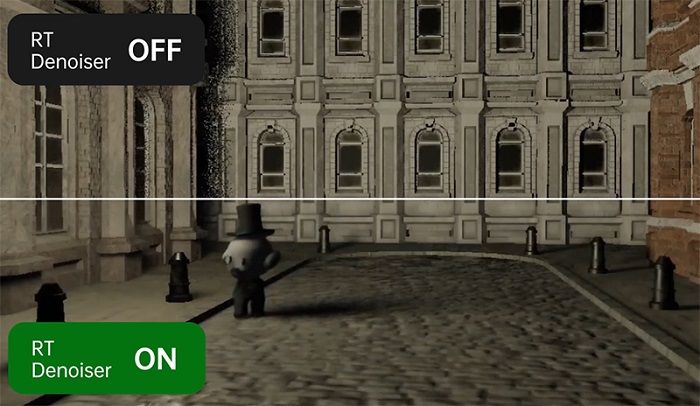
With the help of real-time, hardware-accelerated ray tracing powered by Snapdragon® 8 Gen 2, the propagation, reflection, and refraction optical effects of Matrix and Skyline wallpaper are more vivid. At the same time, users can also experience the stunning visual effects of the wallpapers powered by the physics engine, a joint effort by OPPO and Taichi Lang. The silk-like wallpaper flows smoothly while fireworks on the display bloom with natural, real-life brilliance.
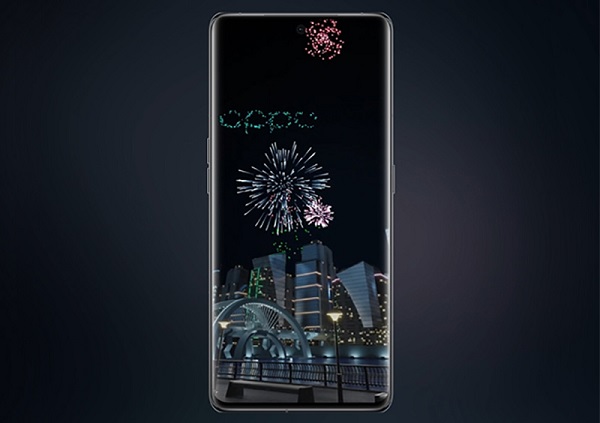
OPPO Mobile Deep Learning Super Sampling – A Perfect Combination of High-Res Image and Low Power Consumption
Mobile Deep Learning Super Sampling (DLSS) was also demonstrated, a technology which was once limited to PC games because it required a lot of computing power and high-end hardware, But OPPO found a way forward by using real-time rendering through a self-developed, lightweight, ultra-high-resolution AI model and rendering pipeline with its inference engine, ShaderNN.
The AI model samples and renders multiple lower-resolution images with fewer pixels and utilizes motion data and feedback from previous frames to create clearer, higher-resolution images, providing mobile users with a high-quality gaming experience without needing to worry about power consumption.

OPPO has also delivered more applications, including Stable Diffusion on Mobile and Style Transfer on Mobile, which are all powered by ShaderNN.
For graphics rendering, OPPO exhibited its Global Rendering Launcher. By rendering 2D layers to simulate propagation, reflection, and refraction effects, elements like icons and numbers can create an interplay of light and shadow across the screen.
“OPPO has always been committed to promoting the development of mobile graphics and computer vision. Last year, we partnered with Qualcomm Technologies to truly bring about a hardware-based mobile ray tracing experience. Through the demos of our various technologies, we’d like to share our latest progress with the SIGGRAPH audience.” Chen Li, Head of Computing and Graphics Research Institute at OPPO stated, “2023 marks the 50th anniversary of the SIGGRAPH conference, and with years of innovations, the development of mobile images has fundamentally transformed. Looking forward, the ever-changing mobile hardware and advanced technologies represented by AI will once again bring about a leap in graphics fidelity. OPPO will continue to invest in this territory, bringing more innovative graphics and computer vision processing capabilities to our users while joining hands with partners to build an open and friendly mobile ecosystem.”



